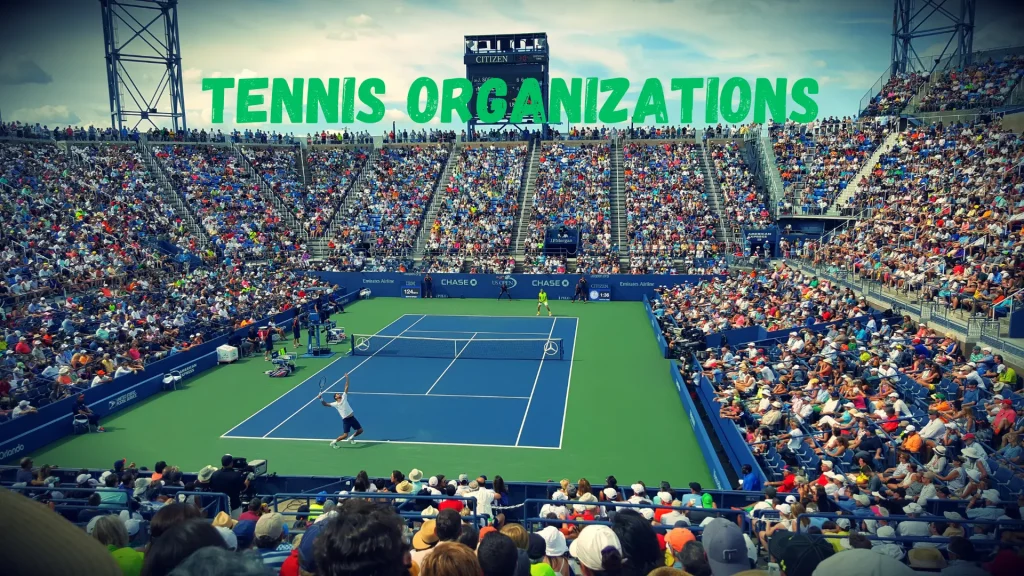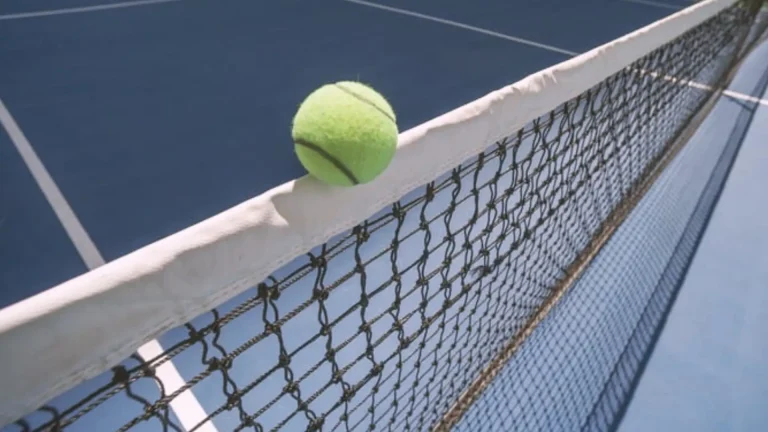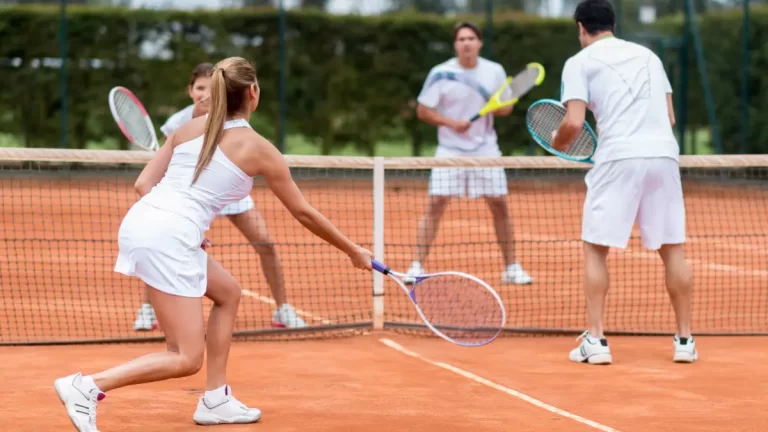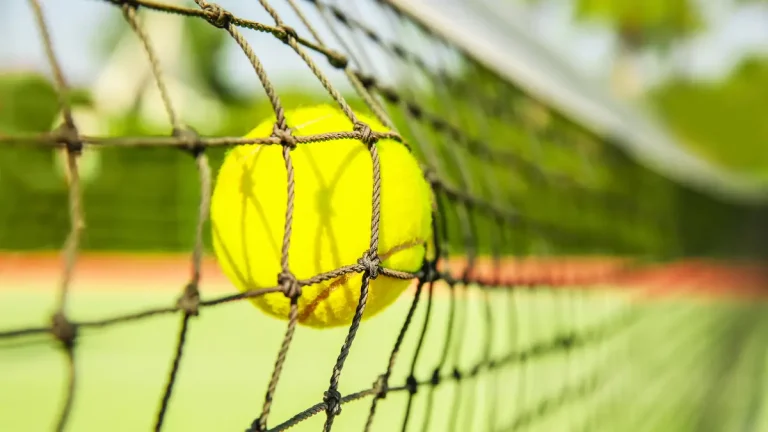Tennis Organizations & Governing Bodies: Structure, Roles, and Importance 2025
Introduction
Tennis, one of the world’s most popular sports, is governed by various international, regional, and national bodies. These tennis organizations and governing bodies set the rules, organize tournaments, and ensure that the sport maintains its integrity and growth across all levels of play. Understanding these governing bodies provides insight into how professional tennis is structured and how the sport develops globally. In this article, we’ll dive into the key tennis organizations and governing bodies, their roles, and why they are important to the sport’s development.
List of all organizations
- ITF – International Tennis Federation
- ATP – Association of Tennis Professionals
- WTA – Women’s Tennis Association
- USTA – United States Tennis Association
- Tennis Europe (no abbreviation given, but sometimes referred to as
- TE)Tennis Australia (no abbreviation given, but sometimes referred to as TA)
- LTA – Lawn Tennis Association

Global Tennis Organizations & Governing Bodies
1. International Tennis Federation (ITF)
The International Tennis Federation (ITF) is the global governing body for tennis. Founded in 1913, it regulates the rules of the game, organizes major international competitions, and promotes tennis development worldwide. The ITF oversees prestigious team events such as the Davis Cup, Billie Jean King Cup, and the Hopman Cup, while also organizing the Olympic tennis competition.
Read: What Is a Bye in Tennis? Meaning & How It Works 2025
ITF plays a vital role in grassroots tennis, providing guidance for junior tennis, wheelchair tennis, and promoting the sport in developing countries through various initiatives. As a governing body, it ensures the rules of tennis are consistent globally.
2. Association of Tennis Professionals (ATP)
The ATP is the governing body for men’s professional tennis. Established in 1972, it controls the ATP Tour, which includes prestigious events such as the Grand Slam tournaments, ATP Masters 1000, ATP 500, and ATP 250 events. The ATP rankings are essential in determining the top players globally, and the organization is committed to maintaining player health, organizing competitions, and protecting players’ rights.
Through events like the ATP Finals, this governing body offers significant prize money, boosting the profile and global reach of professional tennis.
3. Women’s Tennis Association (WTA)
Formed in 1973 by Billie Jean King, the Women’s Tennis Association (WTA) is the governing body for women’s professional tennis. The WTA Tour features premier tournaments such as the Grand Slam events, WTA 1000, WTA 500, and WTA 250. The WTA Rankings are used to determine the top female tennis players globally.
The WTA plays a critical role in promoting gender equality, improving player welfare, and ensuring that women’s tennis continues to grow both commercially and professionally as a leading governing body in women’s sports.
Major Regional Tennis Governing Bodies
1. Tennis Europe
Tennis Europe is the regional governing body for Europe, affiliated with the ITF. It organizes youth competitions, junior circuits, and amateur tournaments across Europe. It also plays a significant role in the development of young players, often serving as a stepping stone for future stars who aim to transition to ATP and WTA tours.
As a governing body, Tennis Europe collaborates with national tennis federations to improve the tennis infrastructure across the continent and support grassroots development.
2. USTA (United States Tennis Association)
The USTA governs tennis in the United States and plays an essential role in promoting tennis at all levels, from beginners to professionals. The USTA organizes the US Open, one of the four Grand Slam tournaments. They also run national programs aimed at youth and adult participation, including programs to encourage tennis at schools and community levels.
As the national governing body for tennis in the U.S., the USTA focuses heavily on player development, community outreach, and fostering the next generation of American tennis players.
3. Tennis Australia
As the national governing body for tennis in Australia, Tennis Australia organizes the Australian Open, the first Grand Slam of the calendar year. Tennis Australia also manages grassroots initiatives, promoting tennis in schools, clubs, and communities to ensure the sport’s growth at all levels.
Their efforts as a governing body focus on developing elite athletes through academies and high-performance programs that aim to produce more top-ranked Australian tennis players.
4. Lawn Tennis Association (LTA)
The Lawn Tennis Association (LTA) is the governing body of tennis in the UK. The LTA’s main responsibilities include organizing the Wimbledon Championships, one of the four Grand Slam tournaments, and promoting tennis at all levels in the UK. The LTA is committed to increasing participation in tennis and making it a more inclusive sport for everyone in the country.
The LTA also plays a crucial role in supporting junior tennis programs, grassroots coaching, and improving the tennis infrastructure in the UK as a leading governing body.
The Importance of Tennis Organizations & Governing Bodies
1. Standardizing the Sport
Tennis organizations and governing bodies are responsible for maintaining uniformity in the rules and regulations of the game globally. Whether it’s scoring, court dimensions, or tournament rules, these governing bodies ensure that players and fans have a consistent experience regardless of where they are playing or watching.
2. Player Welfare and Development
Tennis organizations and governing bodies play an essential role in looking after the welfare of both professional and amateur players. For professionals, organizations like ATP and WTA ensure fair treatment, adequate prize money, and support systems for player health and well-being. On the other hand, organizations like ITF and national tennis associations focus on grassroots development, helping nurture the next generation of tennis stars through training programs and junior circuits.
3. Organizing Major Competitions
One of the most visible roles of these governing bodies is organizing and managing tournaments, including the four Grand Slam events: the Australian Open, French Open, Wimbledon, and US Open. These events bring together the world’s best players, attract millions of fans, and generate significant revenue, contributing to the global growth of tennis.

4. Promoting Tennis Worldwide
Tennis organizations and governing bodies work to increase the global reach of the sport. The ITF, for instance, is active in promoting tennis in underrepresented regions through various development programs. Meanwhile, national associations like the USTA, LTA, and Tennis Australia engage in numerous outreach programs designed to make tennis more accessible to a broader audience.
Conclusion
Tennis organizations and governing bodies are the backbone of the sport, playing a crucial role in its standardization, player development, and global promotion. From the ITF to the ATP and WTA, these governing bodies ensure that tennis remains competitive, inclusive, and accessible at all levels. Whether you’re a fan or an aspiring player, understanding the structure and role of these organizations is key to appreciating the intricacies of tennis.
By continuing their efforts to promote the sport worldwide, these governing bodies contribute to tennis’s sustained growth and ensure it remains a beloved global sport.
FAQs
What is the role of the International Tennis Federation (ITF)?
The ITF is the global governing body for tennis, responsible for maintaining the rules of the sport, organizing major international competitions like the Davis Cup and Billie Jean King Cup, and promoting tennis development worldwide. The ITF also manages junior, wheelchair, and amateur tennis programs to grow the sport at all levels.
What is the difference between the ATP and the WTA?
The ATP (Association of Tennis Professionals) governs men’s professional tennis, while the WTA (Women’s Tennis Association) oversees women’s professional tennis. Both organizations manage their respective tours, rankings, and tournaments, ensuring fair competition and promoting player welfare.
How does Tennis Europe support player development?
Tennis Europe focuses on organizing youth and junior tournaments across Europe. The organization helps develop young players by providing them with competitive opportunities at an early age, helping them progress to higher levels, including the ATP and WTA tours.
What does the USTA do for tennis in the United States?
The USTA (United States Tennis Association) governs tennis in the U.S., organizing the US Open and running national programs that promote tennis at the grassroots level. They focus on player development, community outreach, and increasing participation in the sport, particularly among youth and amateurs.
What are the Grand Slam tournaments, and who organizes them?
The Grand Slam tournaments—Australian Open, French Open, Wimbledon, and US Open—are the four most prestigious events in tennis. Each tournament is organized by the respective national tennis governing body (e.g., Tennis Australia, the French Tennis Federation, the Lawn Tennis Association, and the USTA). These tournaments attract top players and offer the highest-ranking points and prize money.






